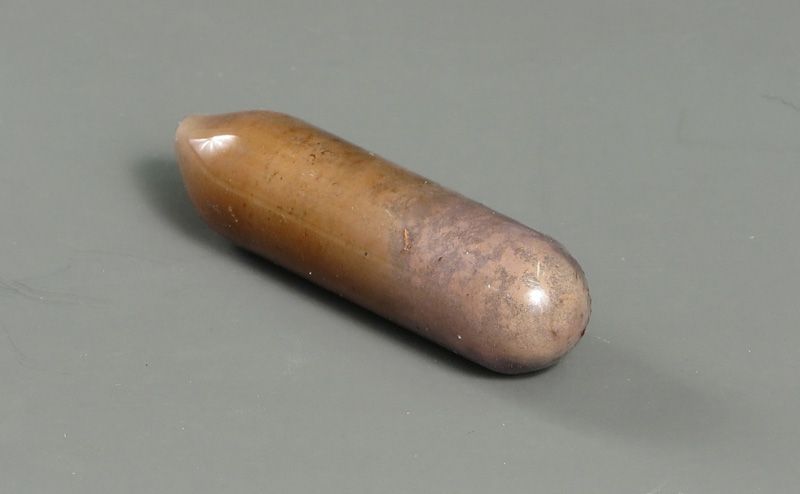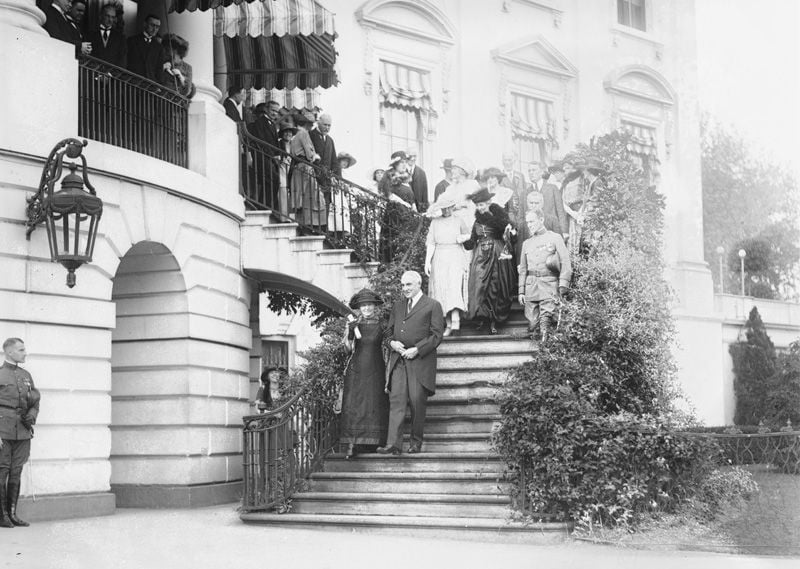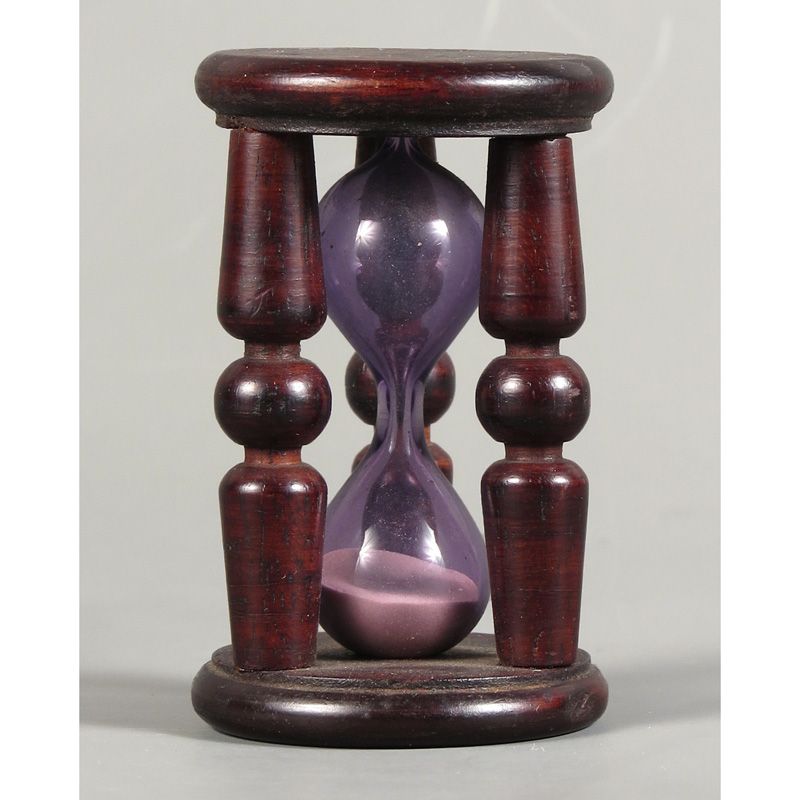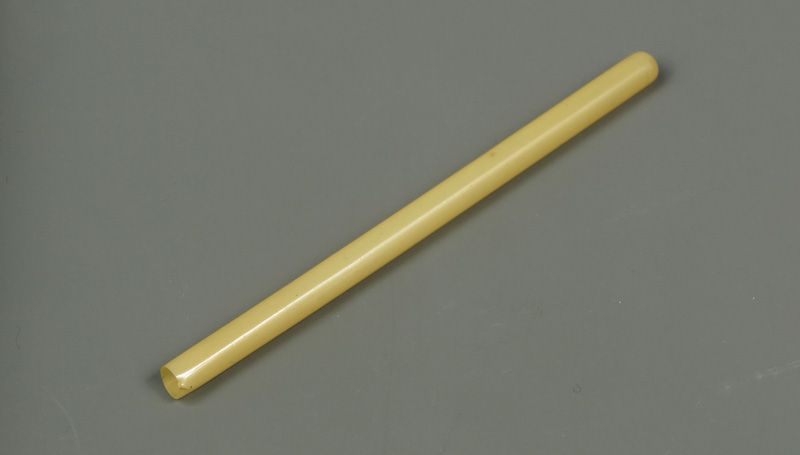NATIONAL MUSEUM OF AMERICAN HISTORY
Curing Cancer with a Single Gram of Radium
How a group of women gave radium as a gift to America
:focal(700x399:701x400)/https://tf-cmsv2-smithsonianmag-media.s3.amazonaws.com/blogging/featured/Abbe-Hourglass.png)
One hundred years ago Marie Curie stood among the rose bushes, the press, and a crowd of White House guests, holding a golden key. The key opened a box that contained a gram of radium. Could it also unlock a cure to cancer? Women across America were led to believe as much, rising to the call sent out in their journals and newspapers to fund a gift worth more than $100,000.
“The foremost American scientists say that Madam Curie, provided with a single gram of radium, may advance science to the point where cancer to a very large extent may be eliminated.
This is of particular interest to women, because last year over fifty thousand of their number in the United States died of cancer.” – The Delineator, June 1921

Marie Mattingly Meloney, editor of the women’s journal The Delineator, organized the campaign to gift Curie with one gram of radium. She successfully framed the element that Marie and Pierre Curie had discovered in 1898 as having utility beyond the lab bench, suggesting it might ease the suffering of millions. News outlets excitedly pounced on this possibility. Marie Curie tried to temper the enthusiasm for radium as a cancer cure-all, but an in-depth explanation of how her scientific study of the element would aid physicians' cancer research was more nuance than most papers wanted. This delineation of tasks didn't make as snappy a headline as directly linking Curie and the perfect cancer treatment.

Meloney enlisted the aid of prominent physicians to support her campaign. Surgeon Robert Abbe, one of the earliest physicians to experiment with radium therapy in the United States, was among them. Abbe managed to obtain 150 mg of radium salts from the Curies in 1903, before the cost and demand for the element skyrocketed (ultimately depriving Curie herself of a ready supply). Abbe experimented on himself and his patients. He described his method in one early case as “feeling my way along carefully to ascertain the safe and efficient dosage.”

Despite its small size, a gram was a frightful amount of radium, in terms of both safety and cost. A special lead-shielded box was designed to secure and contain it. Instead of handing the box over at a White House ceremony, President Warren G. Harding gave Curie its key and a small hourglass. According to the sister of his longtime assistant, Abbe “had two beautifully made hourglasses by Tiffany and Co. filled with luminous material and at the formal ceremony in Washington, one of these was handed to Madame Curie and the other to Pres. and Mrs. Harding.” Curie’s and Harding’s hourglasses now reside at the Bibliothèque nationale de France and the American Museum of Science and Energy. Our museum has a third one that used to belong to Abbe. It has a different design from the others. Perhaps it was a prototype, or perhaps it was an alternate. We don’t know yet—but all the hourglasses are radioactive.

We can use this hourglass to think a little deeper about what else the women of America gave when it came to radium. Money, sure. But what about their bodies? These were critical sites of experimentation for radium therapy and safety standards.
Hourglasses measure time. Women battling cancer came to Abbe simply wishing for more of it. When surgery was not an option, they let Abbe use radium. He tried different preparations, various instrumentation, and multiple applications and reported on his results. Specific uterine and breast cancers responded well, and as Abbe wrote, they offered the “opportunity to test the value of radium in the early stage.” Access to these cancerous sites did not require surgery, which facilitated experimentation. Indeed, gynecological uses of radium was a popular topic from the turn of the century through the 1920s.

This celluloid tube helps make Abbe's experimentation manifest. He had thousands made as a way of introducing radium into a patient’s body. Abbe wrote that he sometimes joined two together so that he could insert them into a uterine canal “where a straight silver holder might do damage.” The quantity of radium he used was strong enough to form images of lead shapes on a photographic plate wrapped in dark paper held outside of a patient’s body, as seen below.

The knowledge gained from Abbe's work informed the development of radiation therapy, which is still used today (radium, however, is not). When we reflect on the 100th anniversary of the women of America gifting Curie with radium, we should remember that the fear of cancer opened pocketbooks, and it also led women to have their cancers and bodies used as test cases.
Only a year after Curie packed up her hourglass and radium and returned to France, the story of the “radium girls” hit the papers. We don’t know if the luminescent material that purportedly filled the ceremonial hourglasses was a composition similar to the radium luminescent paint that dial painters used to fill the demand for clocks, instrument panels, and gunsights that glowed in the dark. The cancers, sicknesses, and deaths of these women shocked the country and helped expose hazards unique to the ingestion of this element. In addition, the bodies and breath of these dial painters helped define the allowable limits for radium exposure. For many, that gift of knowledge was unknowingly or unwillingly given.
As for the sands of time, radium gave years to some and took years from others. Our knowledge of its effect on the human body owes much to the female body.
This post was originally published on the National Museum of American History's blog on May 20, 2021. Read the original version here.
